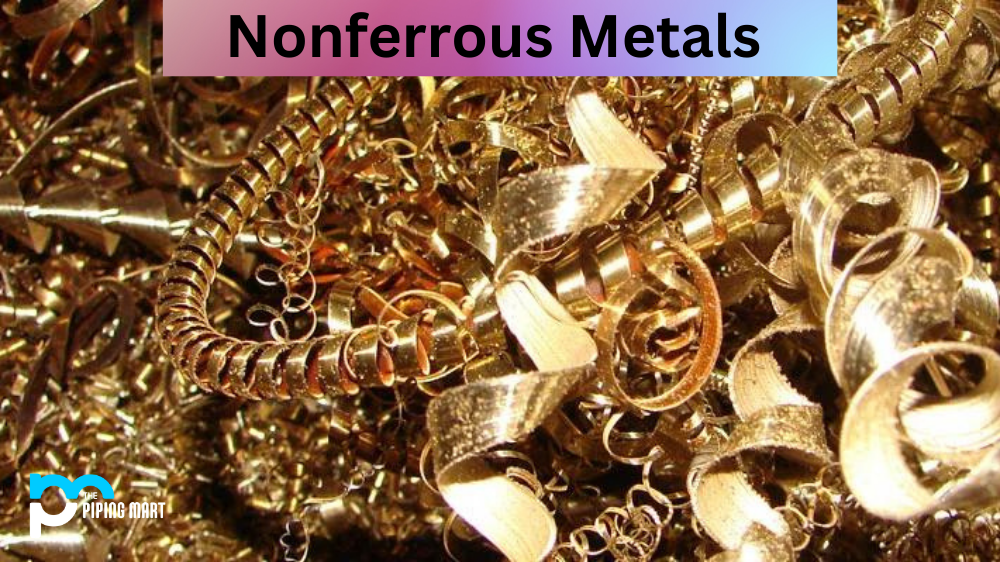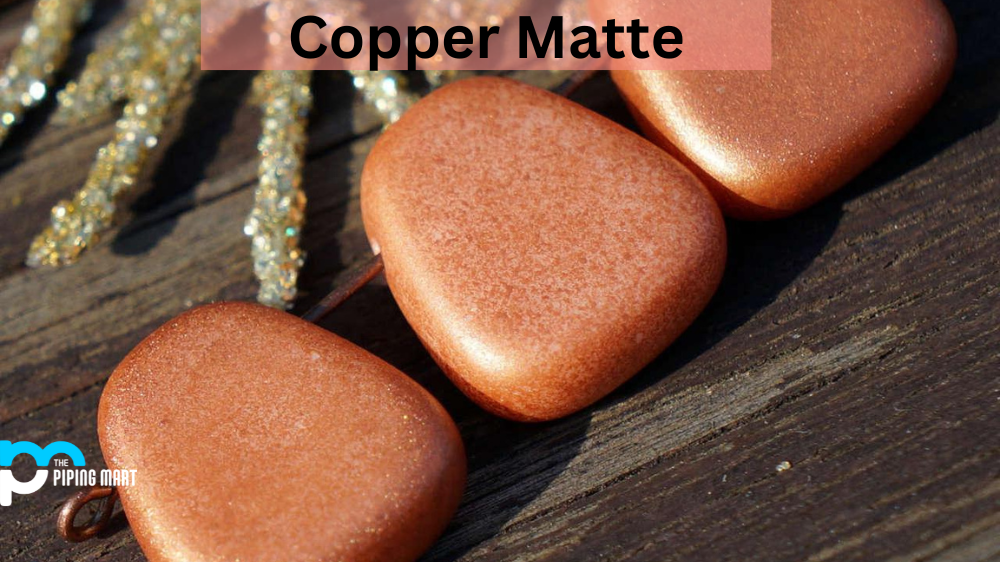Are you wondering if aluminium is ferrous or nonferrous? If so, you’ve come to the right place! In this blog post, we will cover the basics of ferrous and nonferrous metals and explain why aluminum is a nonferrous metal.
Ferrous vs. Non-ferrous Metals
Metals are generally divided into two categories: ferrous metals and nonferrous metals. As their names suggest, ferrous metals contain iron, while nonferrous metals do not. Examples of ferrous metals include steel (which is an alloy of iron), cast iron, wrought iron, carbon steel, stainless steel, and tool steel. Iron is magnetic in nature, which means that all ferrous metals are also magnetic in nature. Nonferrous metals, on the other hand, are not magnetic at all. Examples of nonferrous metals include copper, brass, bronze, aluminum, lead, tin, and zinc.
Why Aluminium Is Nonferrous
Aluminium is a lightweight metal with excellent corrosion resistance properties and a high strength-to-weight ratio. It is extremely malleable and ductile—an ideal material for many applications such as aircraft construction or car parts manufacturing—but it does not contain any iron whatsoever. This makes aluminium a nonferrous metal by definition.
Benefits of Nonferrous Metals
Nonferrous metals have many benefits over their ferrous counterparts due to their lack of iron content—namely, increased corrosion resistance and decreased weight when used for construction purposes. Additionally, since they are not magnetic in nature like ferrous metals are, there is less interference with sensitive electronic components such as those found in MRI machines or medical equipment. Finally, since they can easily be melted down into liquid form without much effort or energy expenditure, they can be recycled more quickly and efficiently than most other types of materials, making them an environmentally friendly choice as well!
10 uses of non ferrous metals
- Non-ferrous metals are used in a wide variety of applications due to their unique properties.
- They are used in the construction industry for everything from roofing and cladding to structural support.
- They are used in the automotive industry for everything from body panels to engine components.
- They are used in the electrical industry for everything from wiring to circuit boards.
- They are used in the medical industry for everything from implants to prosthetics.
- They are used in the food industry for everything from cooking utensils to food packaging.
- They are used in the aerospace industry for everything from aircraft parts to rocket fuel tanks.
- They are used in the marine industry for everything from boat hulls to propellers.
- They are used in the chemical industry for everything from catalysts to storage tanks.
- They are used in a variety of other industries, including the arts, agriculture, and manufacturing
Conclusion
In conclusion, aluminium is definitely considered a nonferrous metal due to its lack of iron content that distinguishes it from its ferrous counterparts, such as steel or cast iron. Its unique properties make it an ideal material for many applications such as aircraft construction or car parts manufacturing due to its lightweight yet highly durable nature, as well as its excellent corrosion resistance properties, which make it perfect for outdoor use without the fear of rusting away over time. Finally, its ability to be melted down quickly makes it an environmentally friendly choice when considering recycling options as well! All in all, aluminium is an incredibly versatile yet incredibly strong material that has been revolutionizing the way we build things for centuries now – so why not join the revolution today?

Meet Bhavesh, a seasoned blogger with a wealth of knowledge and experience. From metal products manufacturing to retail, Bhavesh has a diverse background in various industries and is dedicated to sharing his insights and expertise with readers.




